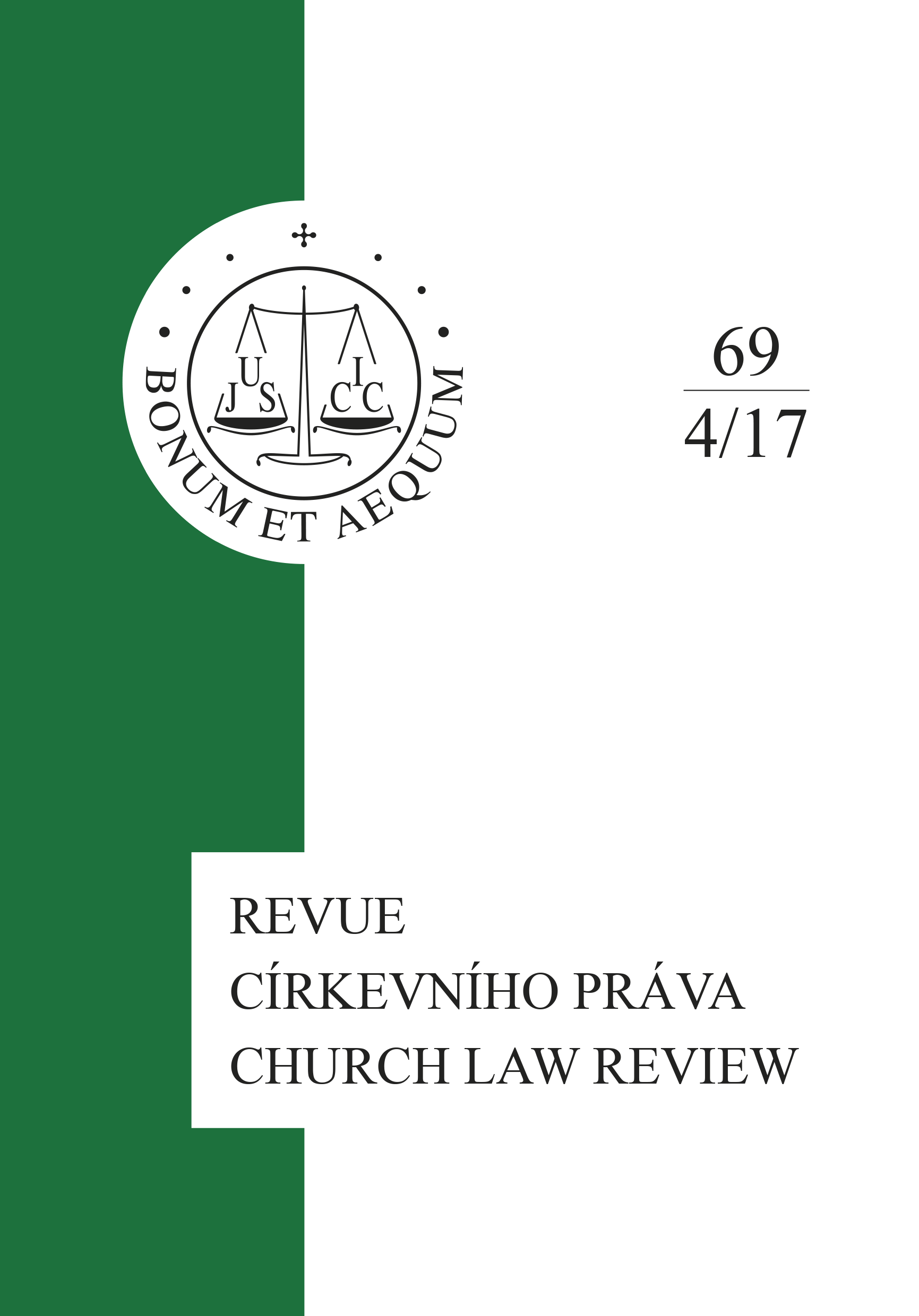Református–unitárius templomviták (1615–1648)
When the Transylvanian Diet of 1630 recognized the ecclesiastical jurisdiction of the Unitarian religious minorities in Székely Land, Transylvania, one of the results was the increase in debates concerning local church buildings. As a consequence, peace between the denominations of the area of the Székely and Saxon Dioceses was more fragile than elsewhere, however the debates quickly spread to the counties too. Th e Calvinist-Unitarian church debates are known to us almost exclusively from Calvinist sources, while the Unitarian sources have remained unexamined. Th is paper relies on sources available in the Kolozsvár (Cluj) Archive of the Hungarian Unitarian Church to observe the events from the Unitarian perspective and demonstrate the Unitarian stand taken in particular debates. Th is paper concludes that the Reformation in Cluj cannot be examined on terms that have so far been customary. Th is is because the leaders of the Unitarian Church supplicated so oft en to the Prince of Transylvania for resolution concerning issues of peripheral congregations that this can only mean that the periphery was as important for them as the center. It may be no accident that the great years of Unitarian book publishing (1632–1636) overlapped with the period between the enactment of the 44th Article of 1630 and the forceful church occupation of Tamás Nemes in 1636. Th is is the period when the Unitarians still had hope, and the prince had not yet realized that the domestic political factors of Transylvania that were established by the institution of Recepta Religio in the 16th century (and had maintained order) now changed in the beginning of the second third of the 17th century, aft er the Peace Treaty of Borosjenő.
More...


